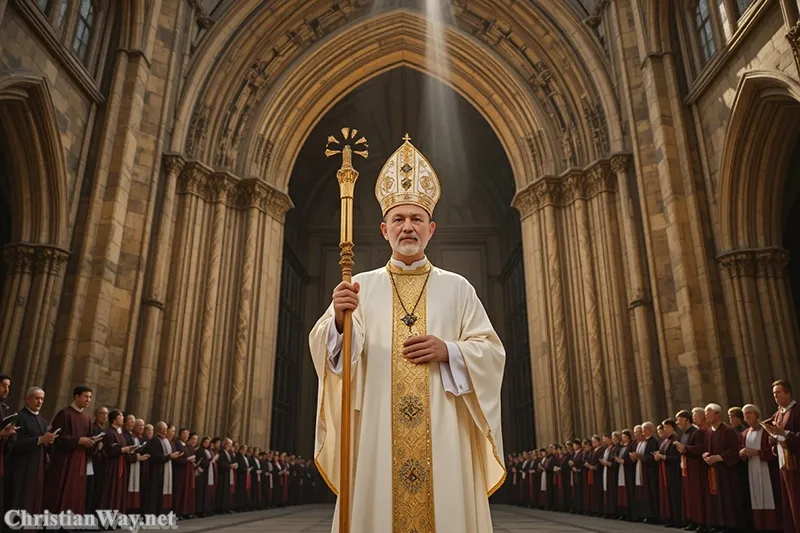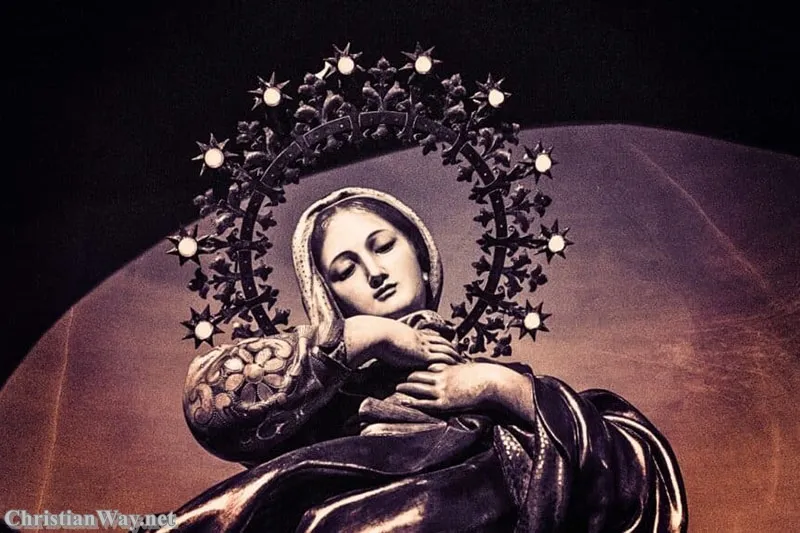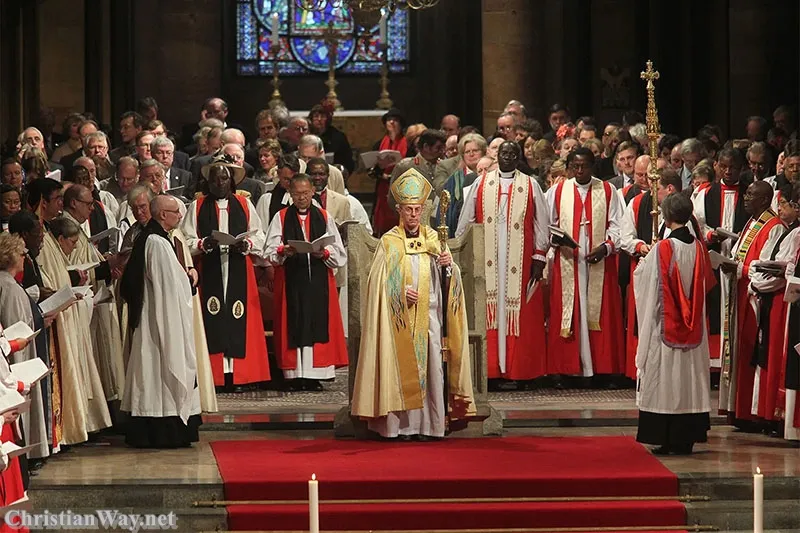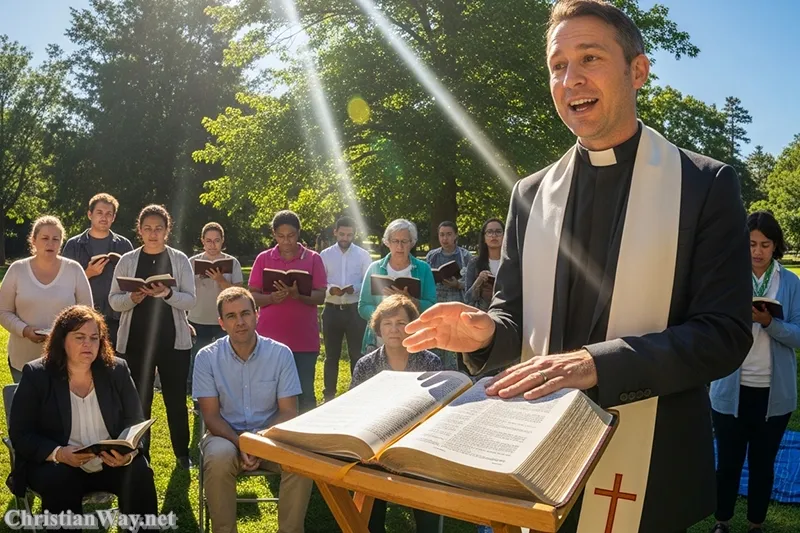Dear friends in Christ,
Every branch of the Christian family tree bears its own story — a story of faith, struggle, and the pursuit of God’s truth. Among these, the origin of Anglicanism stands as one of the most remarkable, for it grew out of both devotion and division, reform and continuity. It is a story woven from the deep roots of the ancient Church, yet one that found its unique voice amid the great tides of history.
The Anglican Church, often described as the “middle way” — via media — between Catholicism and Protestantism, emerged not from rebellion alone, but from a sincere desire to remain faithful to Scripture, reason, and the living tradition of the Church. Its beginnings in the sixteenth century reflected the restless search of the human heart for a faith that is both holy and honest, both grounded and free.
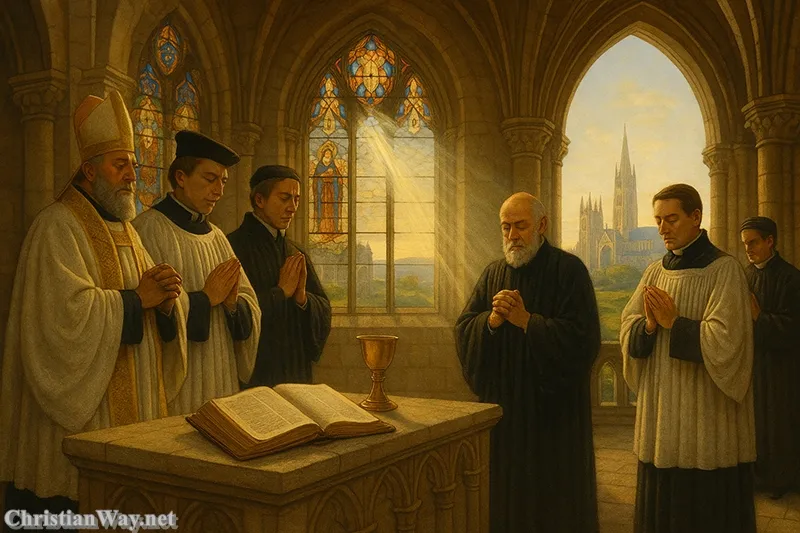
Let us journey together into this history — not merely as students of the past, but as pilgrims of faith, seeking to understand how God continues to bring unity out of diversity, and light from the storms of history.
The Roots Before the Reformation
Long before the English Reformation, Christianity in England had ancient and sacred roots. The Gospel first reached the British Isles as early as the second century. By the time Augustine of Canterbury arrived in 597 AD — sent by Pope Gregory the Great — the English people already had communities of believers, monastic traditions, and saints whose lives reflected the faith’s deep foundation.
The Church that developed in England before the Reformation was fully Catholic in doctrine and worship. The Mass was celebrated in Latin; the sacraments were the same as those of Rome; and the English bishops recognized the Pope as the successor of St. Peter. Cathedrals, monasteries, and abbeys dotted the land, and the Christian faith shaped not only the religion but also the law, art, and daily life of the people.
Yet even within this flourishing faith, the seeds of reform were already present. By the late Middle Ages, many Christians longed for renewal — for a Church purified of corruption, faithful to the Gospel, and accessible to the hearts of ordinary believers.
The Reformation and the English Crown
The story of Anglicanism cannot be told without acknowledging the complex relationship between faith and politics in sixteenth-century England. The spark that ignited reform came through the reign of King Henry VIII, whose desire for an annulment from Queen Catherine of Aragon — denied by the Pope — led him to break from Rome in 1534.
Through the Act of Supremacy, Henry declared himself the “Supreme Head of the Church of England.” This marked the formal beginning of a national Church independent from papal authority.
At first, Henry’s reform was not theological. He maintained Catholic doctrines, the Mass, and even the celibacy of clergy. His break from Rome was primarily one of authority — who would govern the Church in England. But this act opened a door that could not easily be closed. Once the Church was separated from Rome, new questions began to stir: What is the true nature of the Church? Who has the right to interpret Scripture? How should worship express faith?
The Reformation Deepens: Edward VI and Protestant Influence
When Henry VIII died in 1547, his son Edward VI — a boy king influenced by Protestant reformers — ascended to the throne. Under his short reign, the Church of England underwent deeper changes.
The Archbishop of Canterbury, Thomas Cranmer, guided by both Scripture and the writings of the Reformers, introduced the Book of Common Prayer in 1549. Written in English, it unified worship across the kingdom and brought the liturgy into the language of the people. Cranmer sought to preserve ancient forms of prayer while expressing them in a way that reflected the theology of justification by faith and the primacy of Scripture.
The new liturgy emphasized the simplicity of the Gospel and accessibility to the laity. The Eucharist, once seen primarily as a sacrifice offered by the priest, came to be understood more as a holy communion shared among believers. While these changes stirred devotion in some, they caused deep anxiety in others who longed for the familiar rituals of the old Church.
The Return to Rome: The Reign of Mary I
When Mary Tudor — daughter of Catherine of Aragon — became queen in 1553, she sought to restore the English Church to full communion with Rome. The Protestant reforms were reversed; many of their leaders were exiled or executed.
The period of Mary’s rule, often called “the Marian restoration,” was marked by persecution and the burning of Protestant reformers at the stake. Yet even in this tragedy, the Anglican identity continued to take shape. The blood of martyrs — both Protestant and Catholic — watered the soil of England, giving rise to a faith that would carry both reverence for tradition and a passion for truth.
Elizabeth I and the Settlement of Faith
After Mary’s death in 1558, Elizabeth I ascended the throne and brought stability to the realm. Through what became known as the Elizabethan Settlement, she sought a balance between the extremes of Rome and Geneva.
Under her reign, the Church of England was formally established with the monarch as its supreme governor. The Thirty-Nine Articles of Religion (1563) defined its doctrine, and the Book of Common Prayer became the standard for worship.
This settlement embodied a theological and spiritual “middle way” — holding together the Catholic heritage of liturgy and sacrament, while affirming the Protestant conviction that Scripture is the ultimate authority in matters of faith.
Anglicanism thus became both Catholic and Reformed, both ancient and renewed — a Church that could pray with the words of the saints and reason with the clarity of Scripture.
Scripture, Tradition, and Reason: The Anglican Balance
One of the enduring gifts of Anglicanism is its threefold cord of authority: Scripture, Tradition, and Reason.
- Scripture is held as the ultimate rule of faith — “God’s Word written” — containing all things necessary for salvation.
- Tradition connects believers with the living faith of the early Church and the wisdom of the saints.
- Reason ensures that faith engages the human mind, not as blind submission, but as intelligent trust in the truth revealed by God.
This balance became the hallmark of Anglican spirituality. It shaped not only theology but also the spirit of worship and dialogue that characterizes Anglican life to this day — a willingness to listen, to discern, and to seek unity without forsaking conscience.
Anglicanism and the Wider Christian Family
As the centuries unfolded, the Anglican Communion grew beyond England’s shores. Missionaries carried the Gospel to Africa, Asia, and the Americas, and local Churches emerged — each preserving the essence of Anglican worship while embracing their cultural diversity.
Today, the Anglican Communion includes more than 80 million believers in over 165 countries. Its strength lies not in uniformity, but in communion — a shared faith expressed in diverse contexts.
Anglicanism’s liturgy continues to be shaped by the Book of Common Prayer, whose cadences have inspired countless believers with words like:
“Almighty God, unto whom all hearts are open, all desires known, and from whom no secrets are hid…”
These prayers have carried generations through times of war, peace, and renewal — always returning hearts to the mercy of God.
The Spirit of Anglican Faith
To understand Anglicanism is to encounter a faith that values worship, reflection, and holiness in daily life. Its churches stand as sanctuaries of ordered beauty — candles lit, Scripture read aloud, silence observed, and sacraments celebrated with reverence.
But beyond its form lies a spiritual temperament: measured, humble, and contemplative. The Anglican way invites believers not only to confess faith but to live it — through prayer, compassion, justice, and community.
In this way, Anglicanism holds together heaven and earth — the transcendence of God in worship, and His immanence in acts of love and mercy.
The Ongoing Journey of Reform and Renewal
Every Church, like every believer, must face seasons of reform. The Anglican Communion today continues to wrestle with questions of doctrine, morality, and unity. Yet through every challenge, the same call remains: to be faithful to Christ.
As the prophet Jeremiah wrote, “Stand at the crossroads and look; ask for the ancient paths, where the good way is, and walk in it” (Jeremiah 6:16).
The Anglican story — from Augustine to Cranmer, from Elizabeth to the modern age — is one long walk upon that ancient path. It is a journey that seeks not perfection in human form, but truth in divine grace.
In the Light of Christ
The origin of Anglicanism is, in the end, not just a matter of history but of the heart. It tells of a people who, through division and devotion, sought to follow Christ faithfully in their own time. It reminds us that God’s providence often works through human weakness to bring about unexpected unity and grace.
May we, too, walk this path — seeking truth without pride, worshipping with reverence, and serving one another in love. For the true heart of Anglicanism, like all authentic Christianity, is not found in power or politics, but in the quiet surrender of the soul to Jesus Christ, the one Head of the Church.
May the peace of Christ dwell richly in your heart, and may His light guide you always in the way of truth and love.
— Fr. John Matthew, for Christian Way
